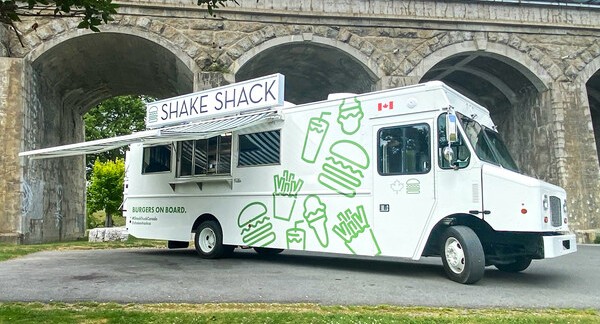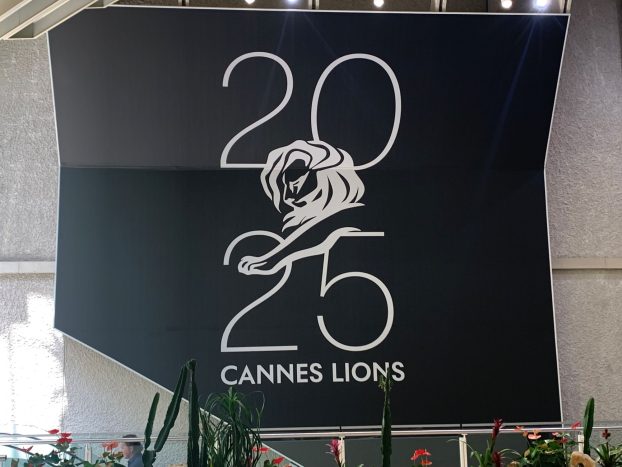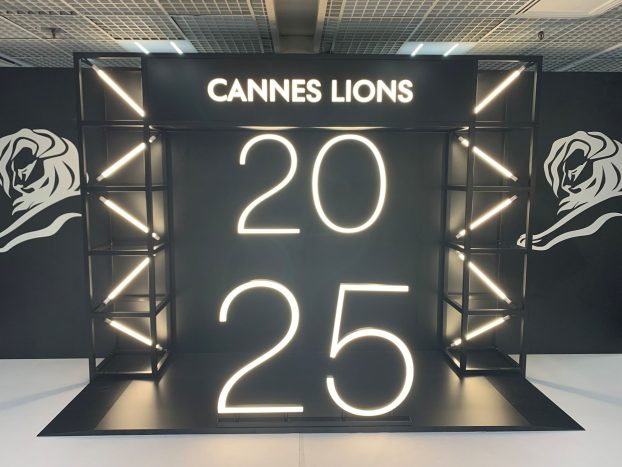
The Future of Marketing is a monthly content series by Amazon Ads exploring martech, shopper insights and consumer trends.
Consider that in 2021 people from more than 450 ethnic or cultural origins called Canada home, with more than one in four Canadians representing a racial or ethnic minority[1]. Or that approximately one million Canadians identify as members of an LGBTQ2+ community – 30% of whom are under the age of 25[2] – and one in five Canadians live with a disability[3].
It can be challenging for brands to speak meaningfully to these diverse audiences without falling into outdated approaches or resorting to poorly considered messaging. But the good news is Canadians are already largely signaling their desire for change to longstanding cultural norms to better reflect the Canada of today.
That change is partially being led by Millennials – the country’s fastest growing generation, accounting for the largest share of the working-age population at 33%[4]. When asked, 72% of Millennials said they would like to see more diverse representation in advertising[5].

Meanwhile, Gen Z, representing 26% of the population, is the country’s second-fastest growing generation, and 76% of them would actively support a brand if they felt represented in its advertising[6]. In fact, Millennials and Gen Z are the two demographics most concerned about diversity, equity and inclusion (DEI) – all of which represent key decision points for them[7].
And they’re not alone. According to a Kantar study, 65% of Amazon shoppers say it’s important that the companies they buy from actively promote diversity and inclusion both in their own business and society as a whole[8].
What does this mean for advertisers?
So, brands trying to navigate the landscape already have allies in the community and can learn from them. Amazon Ads has made an art form out of this learning.
For example, in 2021, the company launched Sponsored Display audiences – an effort that allows advertisers to more easily reach various audiences. Informed by billions of first-party shopping and streaming signals, these audiences fit into four segments: in-market (those who are actively shopping), lifestyle, interest or life event.
By using this tool, advertisers using Amazon Ads can find members of an audience who have viewed their detail page, or new audiences that they are interested in, to help drive consideration and awareness.
Amazon Ads has just launched a new audience cohort – “Allies of Diversity” – that will allow advertisers to reach customers who have given such signals. That could have been by reading a book from an author known to be an ally of a DEI community, or by adding a product to their cart from a company that strongly supports a related cause. Joined together, all those individual first-party signals create a wide audience of DEI allies. These signals can help advertisers understand what is important to these customers.
Brands can select audiences in the same way they would describe their core customer – for example, “outdoor enthusiasts” or “environmentally conscious shoppers” – and connect the language used in their overall brand marketing strategy to their Sponsored Display campaigns.

Amazon Ads understands that its consumers are not one-dimensional, and they are more likely to stick with brands they feel a connection to. So, by talking to customers – especially allied customers – about the good that these brands are doing in society, partner brands can start to build long-term connections, helping to build trust between customers and brands.
And what might be especially helpful for advertisers still in the process of honing their messaging and looking to make their advertising more inclusive is that this new audience easily lends itself to testing. It allows brands to try out their messaging to small sample groups before it goes out en masse. Advertisers can share their message to see if allies feel that same authenticity, or see if it needs some rewording or needs to change because these are the people who are genuinely interested in supporting the community.
Advertisers are already showing excitement for this new audience. Sarah Thompson, president of media at Dentsu Canada says, “It is important that we consider the audiences and people we are excluding in media and this initiative from Amazon Ads is a crucial step for our industry to focus on where Canada is and not our assumptions. With new immigrants, indigenous and BIPOC populations, we need to ensure that the data sets we rely on for planning to activation are not excluding people and biased.”
So, yes, the Canadian landscape is growing and evolving – and it can be a challenge for brands to keep up. Luckily, advertisers can learn and grow with the help of those already on the ground and working to make a difference.
For more information on how Amazon Ads solutions helps with advertising and marketing, visit its website.
Enjoyed this article? Learn more about how you can stay ahead of the curve in The Future of Marketing
[1] Statistics Canada – https://www150.statcan.gc.ca/n1/daily-quotidien/221026/dq221026b-eng.htm.
[2] Statistics Canada – https://www150.statcan.gc.ca/n1/daily-quotidien/210615/dq210615a-eng.htm
[3] Statistics Canada – https://www150.statcan.gc.ca/n1/pub/89-654-x/89-654-x2018002-eng.htm
[4] Statistics Canada – https://www12.statcan.gc.ca/census-recensement/2021/as-sa/98-200-X/2021003/98-200-X2021003-eng.cfm
[5] State of Advertising Perceptions & Attitudes, Numerator
[6] Statistics Canada – https://www12.statcan.gc.ca/census-recensement/2021/as-sa/98-200-X/2021003/98-200-X2021003-eng.cfm
[7] State of Advertising Perceptions & Attitudes, Numerator
[8] The Power of Inclusive Advertising: Global Monitor 2021, Kantar




















